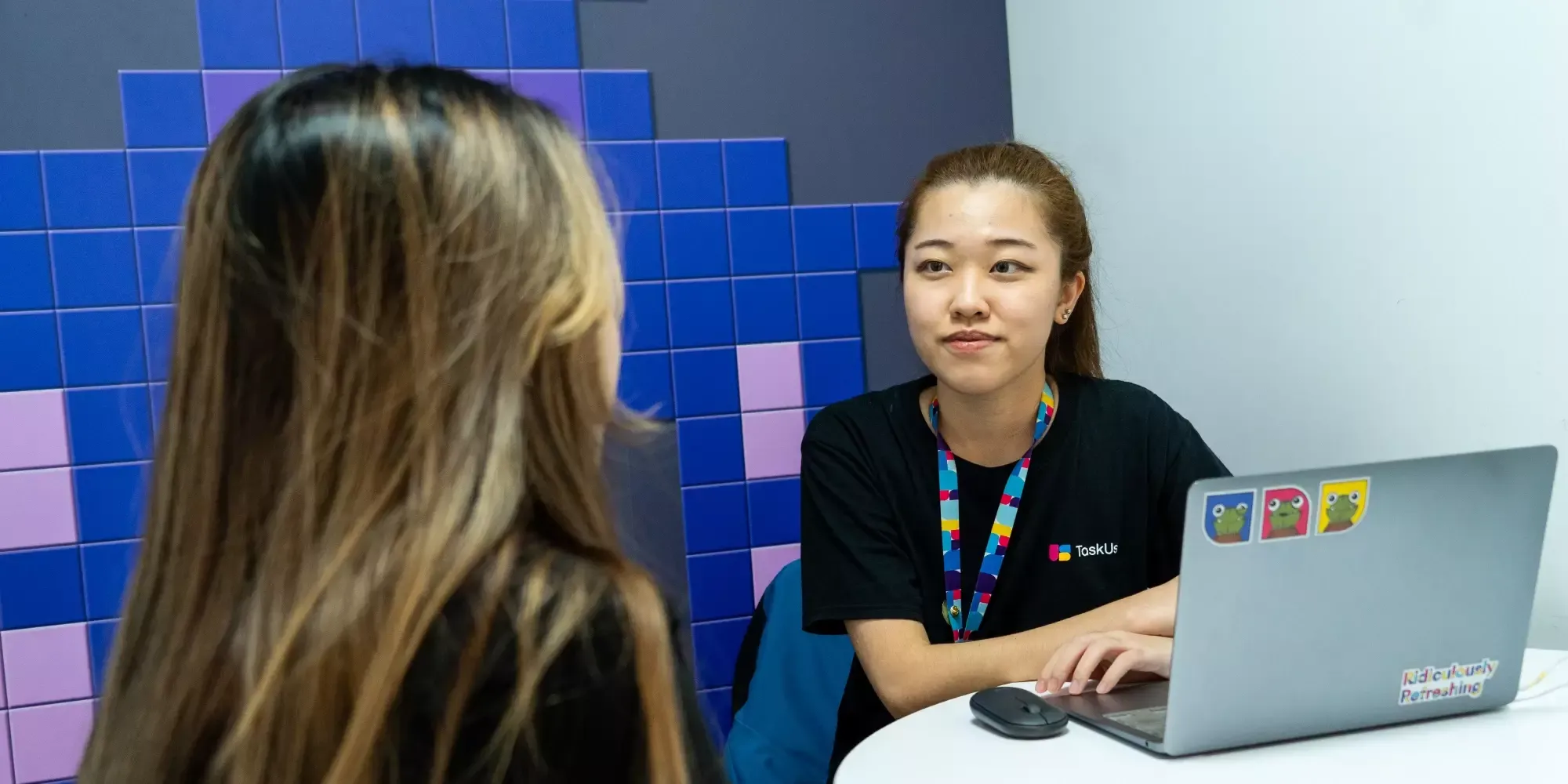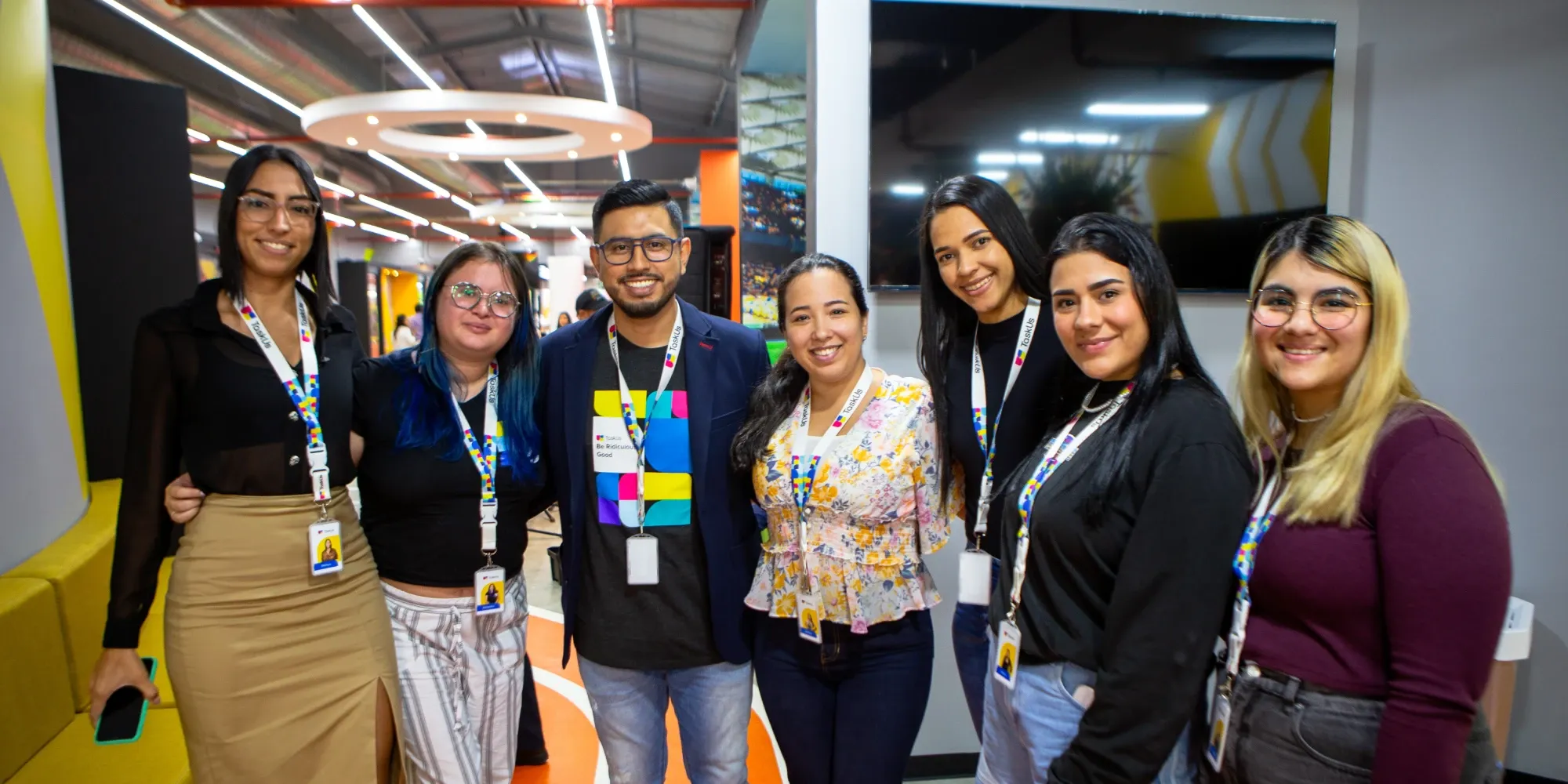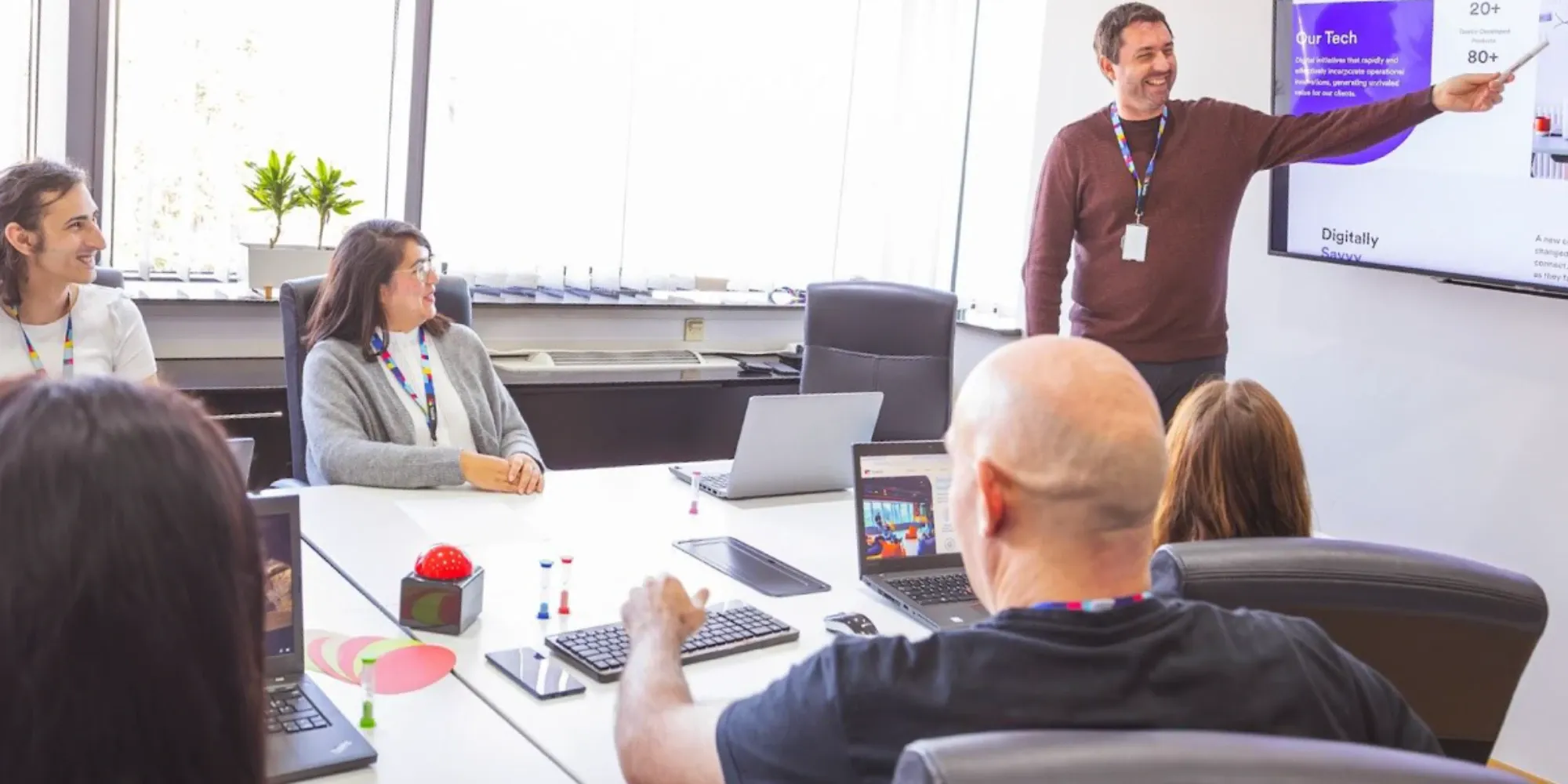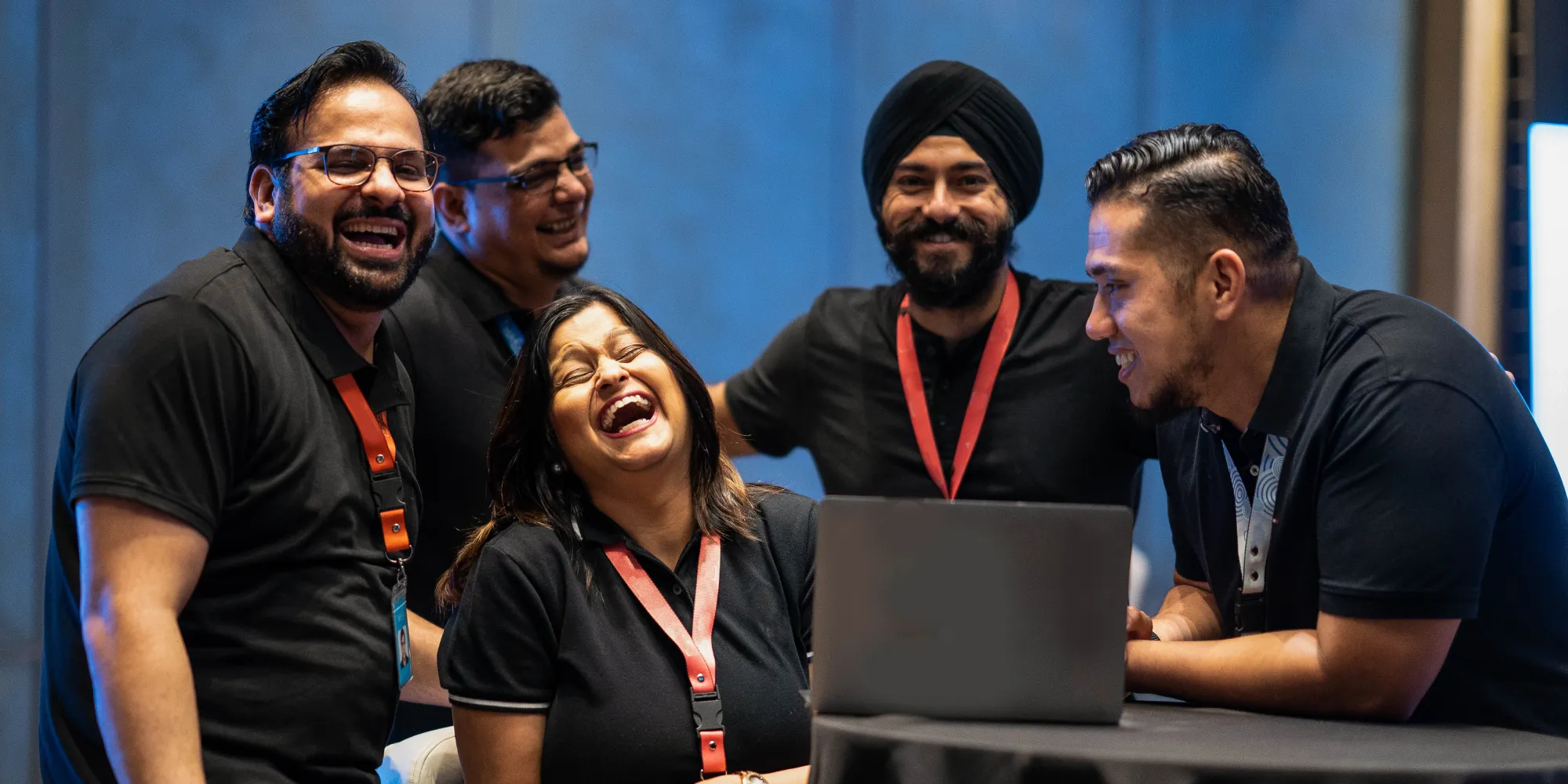Learning and development (L&D) teams have long struggled with shortening attention spans. From an average of 12 seconds in 2000 to eight seconds today, humans' attention span is now shorter than that of a goldfish, which is nine seconds. And L&D teams are far from overcoming—one might dare say—a perennial problem.
Before the pandemic, discussions have revolved around the correlation between an office’s physical layout and employees' concentration and focus. One could only imagine how harder it is in today’s virtual setup, where employees find themselves balancing work and home responsibilities. Thus, teams tasked with learning and development constantly devise ways to ensure employees optimally digest the information given to them while working remotely.
Utilizing new ways to aid employees’ learning is crucial in this virtual setup as organizations must build training and development around employees’ actual learning cycles. And this is where microlearning comes into play.
Microlearning is a training approach that involves accessible, bite-sized lessons that meet a specific learning objective. Its short pieces of content that learners can access at any time make for a more comprehensive understanding and ensure that attention and focus are at their peak.
Ultimately, it is a company’s responsibility to acknowledge and harness the fact that their employees are human, and that their ability to concentrate will vary from one to another. Organizations that are willing to adjust to this reality are more likely to succeed as a business as employee productivity improves.
Efficient and targeted
Microlearning is a good tool for companies to improve employee comprehension on learning objectives especially nowadays that employees are bombarded with loads of information in both their professional and personal lives.
Absorbing a specific topic or completing a standalone material in a matter of minutes can maximize an employee's productivity. These small pockets of information save employees time than scanning through several pages of information. Plus, they are proven to be more efficient than long courses.
Microlearning can also be used to supplement other forms of training. Whether it comes in the form of an infographic, an email, or even a game, these materials can reinforce key points from a formal training session or a more extensive course.
Flexibility
Another hallmark of microlearning is its flexibility. Though several microlearning materials may comprise an entire course, learners are still free to choose the specific ones they want to take.
Given their focused nature and short durations, microlearning materials are also built rather quickly. And the faster that learners can access these, the sooner they can learn new things that can improve their performance.

Ridiculously great device
At TaskUs, microlearning is part and parcel of our teammates’ learning experience. The Learning Experience and Training team makes the most out of microlearning in a variety of ways, such as task-based approaches, diverse modalities, and just-in-time content, to name a few.
Even prior to the pandemic, we have been maximizing the benefits of microlearning to help our people and campaigns achieve their targets.
One example is when TaskUs trained over 600 teammates in the Philippines on American football. Veering away from the traditional classroom approach, which is typically a topic-based, trainer-led discussion, the Learning Experience team switched things up and utilized microlearning.
The main goal was to turn employees into expert analysts, who knew every nook and cranny of a complex sport.
Microlearning allowed trainers to supervise a maximum of 60 learners as opposed to just 20 learners in a traditional setting. Learners were also able to hit their efficiency targets two weeks into production compared to the initial goal of four weeks. All these improvements enabled the company to meet quality and efficiency targets sooner.
This goes to show that catering to learners’ needs and giving them autonomy and ownership over their learning have a positive impact on the individual and, in turn, their performance.
A strategic method, microlearning is flexible, concise, and cost-effective. And for a people-first organization, microlearning is more than just these. Investing in people’s development, driven by learning and training tools, results in long-term benefits for employees as they feel more empowered in their roles and are encouraged to deliver optimal results.
References
-

TaskUs and Mavenoid Announce Strategic Partnership To Enable AI-Powered Product Support
5-MIN READ -

TaskUs to Present at William Blair 44th Annual Growth Stock Conference on June 5, 2024
5-MIN READ -

TaskUs and V7 Announce Strategic Partnership To Enable Enterprise AI Product Delivery
5-MIN READ -

TaskUs and GCash partner to plant 10,000 coffee seedlings, support local coffee farmers
5-MIN READ -

TaskUs Elevates the Customer Experience With the Launch of AssistAI, Powered by TaskGPT
5-MIN READ -

TaskGPT Launches in Zendesk Marketplace, Giving Customers Access to Leading Generative AI-fueled Customer Service Solutions
5-MIN READ -

TaskUs recognized as the Leader in the 2023 SPARK MatrixTM for Financial Crime and Compliance (FCC) Operations Services by Quadrant Knowledge Solutions
5-MIN READ
We exist to empower people to deliver Ridiculously Good innovation to the world’s best companies.
Useful Links




